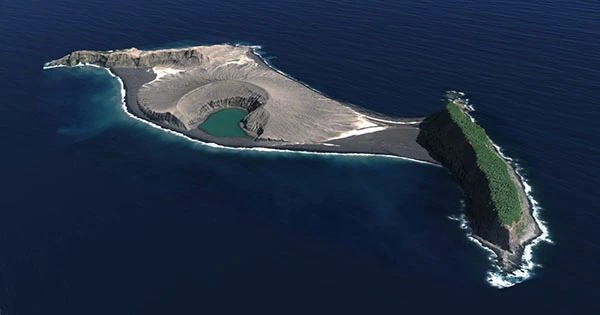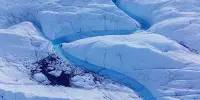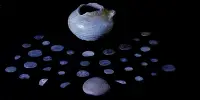On January 15, 2022, the Hunga Tonga-Hunga Ha’apai eruption was the most powerful of the century, producing the loudest sound on Earth since Krakatoa erupted in 1883 and blasting air waves higher than the International Space Station. Now scientists researching it have uncovered even more amazing data: it shifted the ocean bottom around it by 8,000 square kilometers and moved enough rock and ash to fill the Panama Canal. According to geologists from New Zealand’s National Institute for Water and Atmospheric Research (NIWA), the eruption displaced 7 cubic kilometers (1.6 cubic miles) of material, enough to fill the artificial freshwater Gatun Lake, which makes up the majority of the Panama Canal, with enough left over.
If you put it in a cube, you’d have enough material to build five Empire State Buildings. The eruption shifted the ocean bottom around the volcano by 8,000 square kilometers (3,088 square miles), burying the seafloor where the Tonga internet cable that had broken behind 30 meters (100 feet) of ash and sand. NIWA and Tonga Geological Services collaborated on the mission to investigate the aftermath. According to BBC News, the caldera of the volcano sank hundreds of meters as a result of the eruption, according to Prof Shane Cronin of the University of Auckland in New Zealand.
With a diameter of 4 kilometers (2.5 miles), it plunged from 150 meters (492 feet) to 860 meters (2,822 feet), making it the world’s deepest crater. But it was also astonishing that so much of the volcano was still intact. “You’d think that with such a powerful explosion – the largest ever recorded – the entire volcano would have been demolished, but it wasn’t,” says the author “Kevin Mackay, a marine geologist at NIWA, stated in a statement. “While the volcano looked to be unharmed, the eruption had left its mark on the bottom. Fine sand mud and deep ash ripples may be seen up to 50 kilometers away from the volcano, along with gouged valleys and massive sediment mounds.”
The scientists not only researched how changes to the bottom have affected living animals in the surrounding abyss, but they also mapped changes to the seafloor. The first release of valuable minerals in the ash resulted in an explosion of microalgae, which began to feed a whole ecosystem. However, the researchers noted that a large amount of ash is still hanging in the ocean and that low-oxygen zones are forming around the volcano. The area’s long-term impacts are unclear. The experts expect that the data and materials gathered will help the Kingdom of Tonga and many other countries gain a better knowledge of underwater volcanic eruptions.
“The explosion sent shockwaves across the world, but Tonga felt the brunt of it the most. “It was a wonder that so few lives were lost (God rest their souls), but our streets, crops, air, and rivers were ravaged,” said Taaniela Kula, Tonga’s Deputy Secretary for Lands and Natural Resources. “We, like other nations in the Pacific Ring of Fire, are all too aware of our vulnerability to nature. We will gain priceless information and experience by examining an unprecedented incident like this in such depth, allowing us to recover fast and be prepared for the next time anything like occurs.” The Nippon Foundation-GEBCO Seabed 2030 Project, which intends to map the whole seabed by the end of the decade, includes the Tonga Eruption Seabed Mapping Project (TESMaP).














